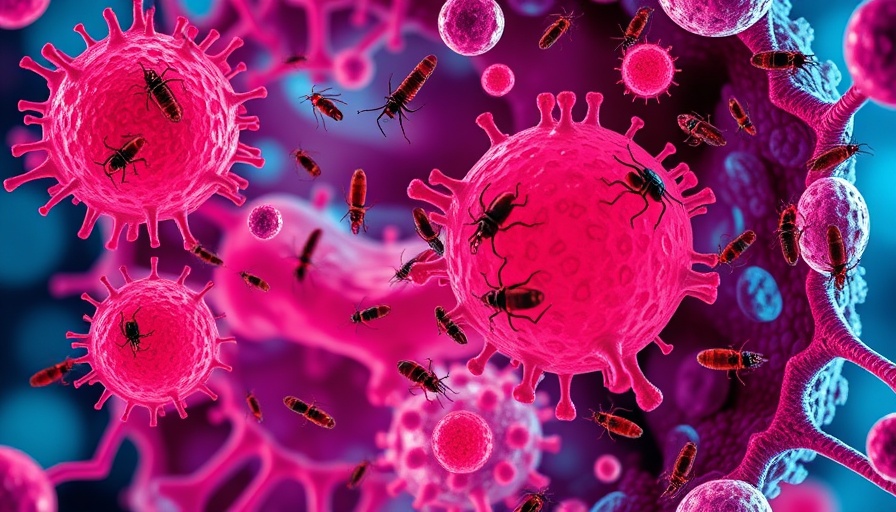
Is Your Salad Dressings Making You Sick?
Salads boast vibrant colors and vital nutrients, yet their health-promoting potential can be drastically undermined by the very dressings meant to enhance flavor. Many consumers unknowingly compromise their healthy meal choices with store-bought dressings that appear harmless but are often riddled with harmful ingredients. Understanding these hidden threats is essential to safeguarding your health and ensuring that your salads truly nourish you.
The Dark Side of Store-Bought Dressings
Store-bought salad dressings often contain an alarming array of additives that can sabotage their purported health benefits. Here are five prevalent problems found in many commercial offerings:
1. The White Deceit: Titanium Dioxide
Titanium dioxide, a compound commonly used in products ranging from sunscreen to rubber, has found its way into commercial salad dressings as a whitening agent. While it enhances appearance, titanium dioxide is classified as a possible carcinogen by the International Agency for Research on Cancer. As countries like France have moved to ban it, the U.S. remains slow to react, leaving consumers at risk from this hidden chemical in their seemingly healthy meals.
2. Synthetic Colors with Consequences
Many dressings utilize synthetic dyes, such as Red 40 and Yellow 5, to create vibrant colors that entice consumers. However, these artificial colors have been linked to behavioral issues in children, raising questions about their safety and necessity. Is the visual appeal worth the potential health risks?
3. Sweeteners That Sabotage Your Health
A surprising number of salad dressings are sweetened with high-fructose corn syrup or artificial sweeteners. These ingredients contribute to an alarming rise in obesity, metabolic issues, and even diabetes. Surprisingly, many think they're making a healthier choice by opting for "sugar-free" dressings, which often contain artificial sweeteners that further complicate health rather than simplify it. Ditch the added sugars and find natural alternatives for a genuinely healthier dressing.
4. Preservatives that Persist
To extend shelf life, many dressings contain chemical preservatives. Ingredients like sodium benzoate have been linked to hormone disruption and even cancer risk. This should prompt consumers to think twice about what they’re pouring over their salads. Why not make your own dressing and avoid these unwanted additives?
Special Ingredients: Better Alternatives
Why not focus on healthier alternatives that still provide delicious flavor to salads? Making dressings at home allows for nutrient-rich ingredients without harmful additives:
- Extra Virgin Olive Oil: Rich in healthy monounsaturated fats, it’s perfect as a base.
- Vinegar: Options like balsamic or apple cider vinegar provide acidity and flavor without calories.
- Herbs and Spices: Fresh or dried herbs boost flavor significantly without extra calories.
Future of Salad Dressings: Trends to Watch
As consumers become increasingly health-conscious and ingredient-savvy, the demand for clean-label products is reshaping the market. More brands are emerging with transparency in ingredient sourcing and processing. Moreover, there’s a rising interest in fermented salad dressings that provide probiotic benefits, showcasing innovation in this culinary sector. Keeping abreast of these trends may empower you to make informed choices.
Taking Action: Make the Shift Today
As consumers, we carry the power to affect change within the food industry. By choosing to educate ourselves and explore healthier alternatives, we can encourage manufacturers to prioritize health over convenience. Step away from that commercial bottle and embrace homemade dressings - your body will thank you.
In our journey to better health, every choice counts. Start taking control of your salad dressings today – experiment with flavors, and enjoy the process!
 Add Row
Add Row  Add
Add 



Write A Comment